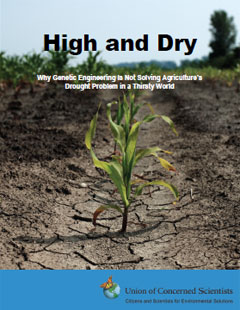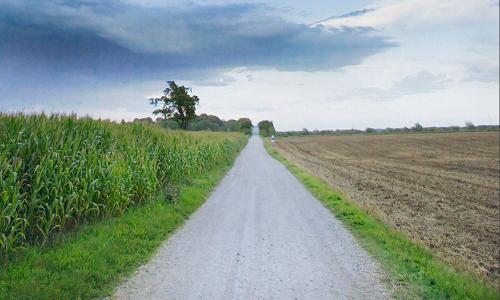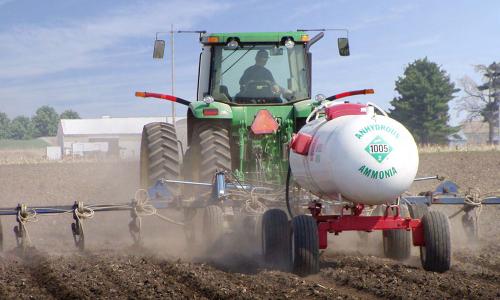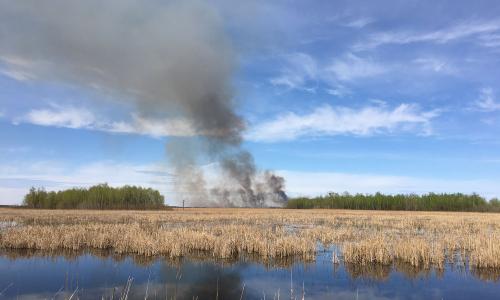High and Dry is the third in a series of reports highlighting genetic engineering’s limitations and the need to increase public investment in more effective—but often neglected—agricultural technologies. The first two reports in the series are Failure to Yield and No Sure Fix.
Droughts can be devastating to farmers and to the people who depend on the food those farmers produce. The historic Texas drought of 2011 caused a record $5.2 billion in agricultural losses, making it the most costly drought on record.
While extreme droughts capture the most attention, mild and moderate droughts are more common and collectively cause extensive damage. Climate scientists expect the frequency and severity of such droughts to increase as the global climate heats up.
Furthermore, agriculture accounts for the lion's share of water extracted from rivers and wells, setting up conflicts between food production and other uses. Other important organisms, such as fish, also compete with humans for fresh water. So there is a vital need for crop improvements that will increase drought tolerance and water use efficiency (WUE).
Biotechnology companies such as Monsanto have held out the promise that genetic engineering can accomplish these goals, creating new crop varieties that can thrive under drought conditions and reduce water demand even under normal conditions. High and Dry offers an analysis of the prospects for delivering on that promise.






